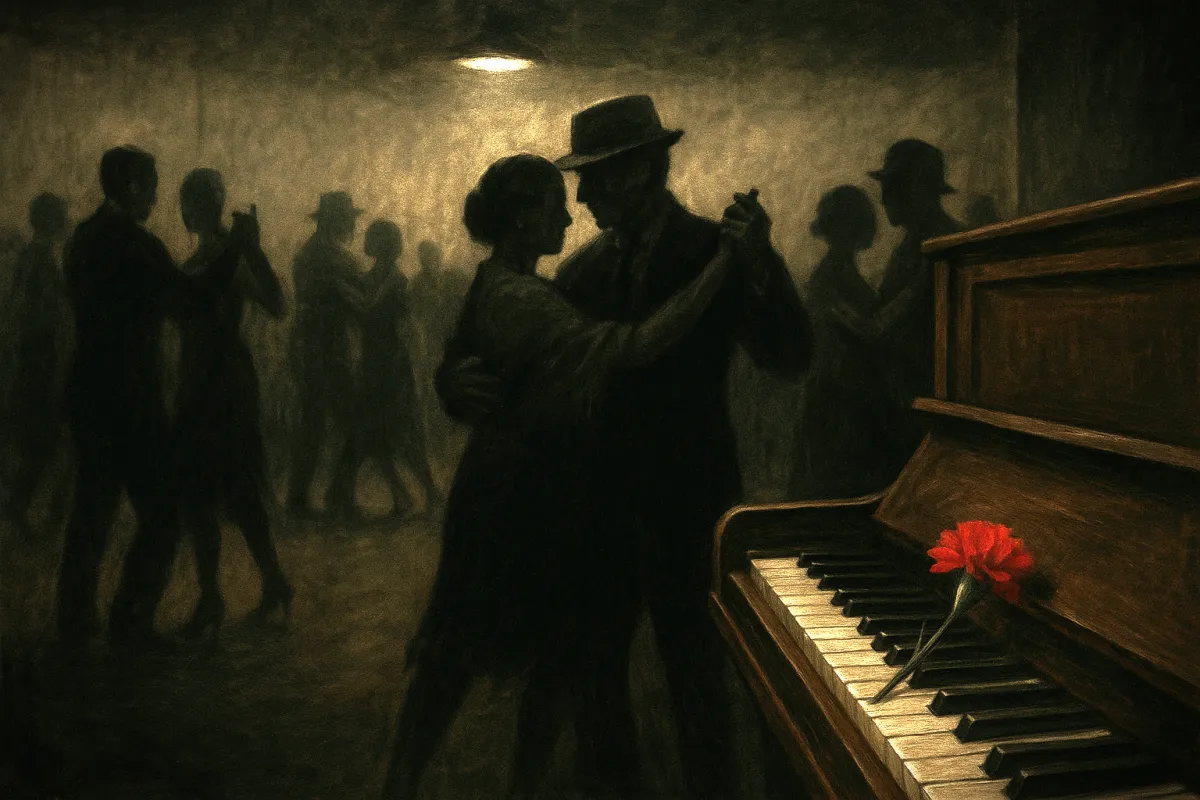Francisco Canaro: From Oil Can Violin to Tango Empire
Published on: 15/07/2025
From a homemade violin to high society ballrooms, discover how Francisco Canaro transformed tango into a global phenomenon—through innovation, controversy, and a legendary romance.
Tango Nugget
Women in Tango Orquestas: The Ones Who Played Anyway
Published on: 08/07/2025
Meet the women who challenged tango’s male-dominated legacy—from forgotten bandoneonistas to feminist orquestas reclaiming the stage.
Tango Nugget
Why Is Tango Emotionally Addictive
Published on: 24/06/2025
Why tango feels addictive: the science, emotion, and connection behind the dance we can’t quit.
Tango Nugget
Tango - The Dance That Won't Die
Published on: 10/06/2025
During Argentina’s most repressive years, tango didn’t vanish — it went underground. From banned lyrics to symbolic gestures like Pugliese’s red carnation, musicians and dancers found ways to resist through rhythm, poetry, and presence.
Tango Nugget






